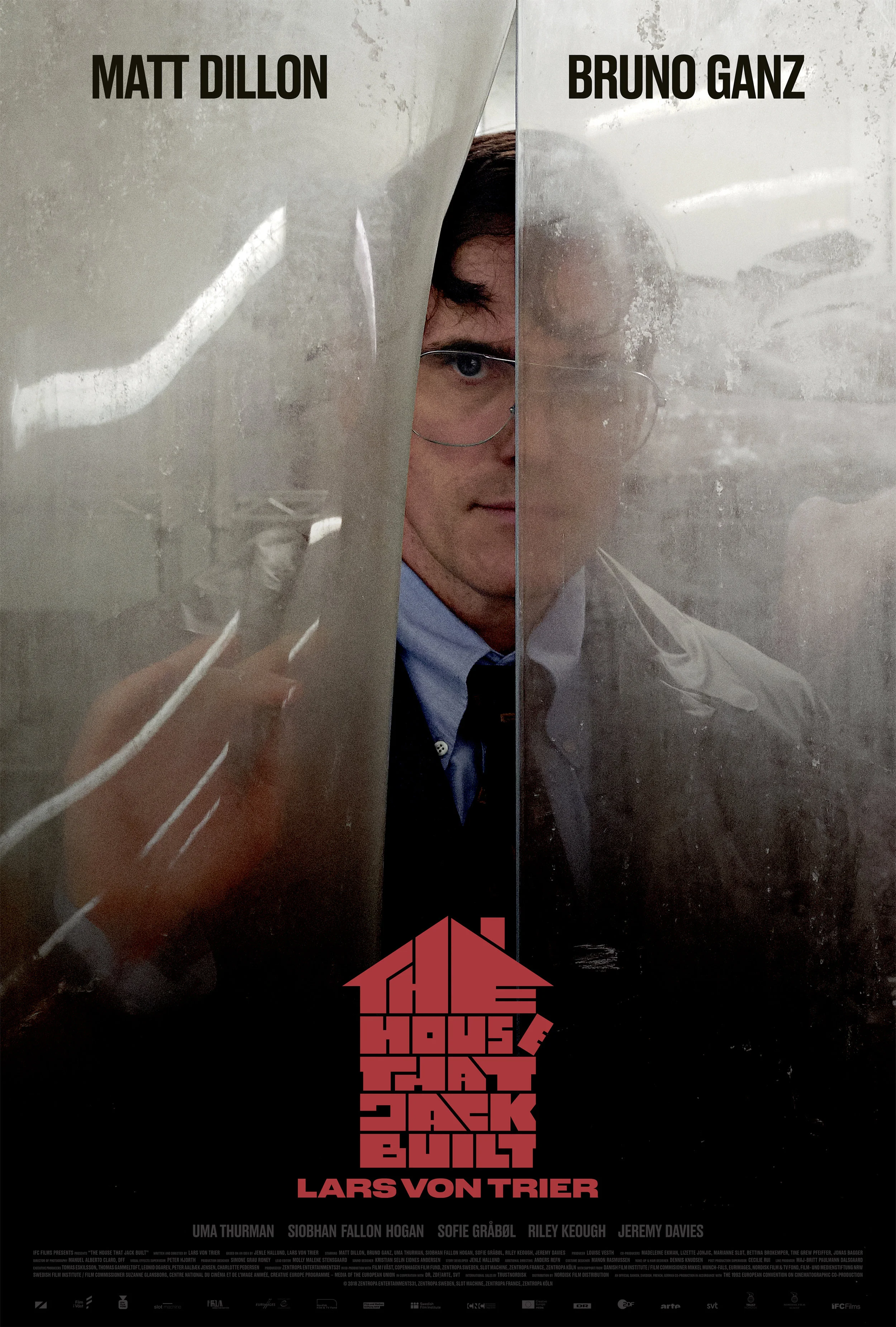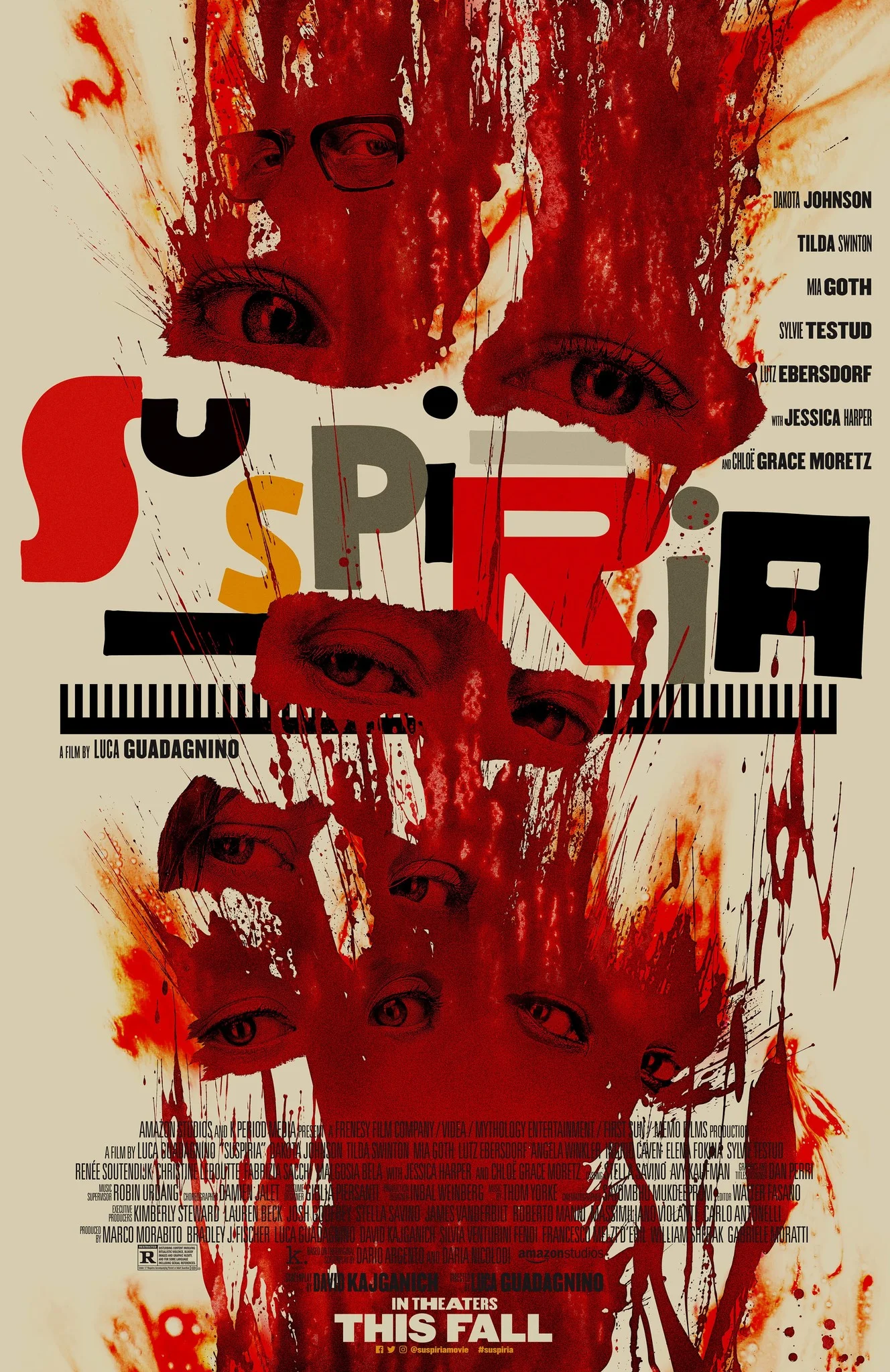The House that Lars Built
A Katabasis is a descent of some type but it is most readily used to describe a heroic trip to the Underworld. In mythology, the concept is generally that of a hero, who must journey to the underworld on a quest to find…well, something. A person. An object. Some unknowable truth. If a hero is able to journey into this Hell and return, still alive, it signifies their strength. That they are more than mortal. Immortal and unending, maybe. In some ways, this is how we measure the quality of art. That it is able to capture something so perfectly that it, too, becomes immortal. And through that immortal art, the artist can somehow live for eternity.
The House that Jack Built is the latest perversion from master provocateur Lars von Trier. The perennial “genius”/whipping boy that critics tend to either dismiss or fawn over. Or both, at the same time. Here we have Jack (Matt Dillon), a serial killer, recounting five of his killings that have, in some ways, molded him into the barbaric individual he ends up as. For 152 minutes, we’re taken on this journey through increasingly volatile and repugnant situations, a Katabasis of our own, until we supposedly come out on the other side with a renewed sense of knowledge. Whether that knowledge is a validation of our hatred towards Lars or of our iconization of his ability remains to be seen in each person who makes the journey.
And if you believe that bullshit, I have a bridge to sell you.
The framing of the story is that of Jack talking to an unseen person named Verge. Readers of 14th-century epic poems will no doubt see the connection to Virgil in Inferno. Each of Jack’s five killings is interrupted by this conversation as Jack tries to sell what he’s accomplishing as art while Verge tries to explain that it can’t be art without love. And love is an emotion that the unempathetic Jack is sorely missing. Obviously, a conclusion we can draw is that Jack and Verge is Lars talking to himself. Trying to reason with himself that what he does is art. Two sides, endlessly questioning itself. But does that make it any better? Is it any different than masturbating in a corner, alone for 152 minutes?
Each of the incidents wallows in misogyny. Jack’s first victim, played to icy perfection by Uma Thurman, is literally asking to be killed. She berates him. Tells him how he should do it. Where to hide the body. How to get away with it. She says he looks like a serial killer and gets in his van. It’s hard not to look at this in the same light as the excuse some people use to justify assault. “She was asking for it dot dot dot.” In this case, Uma is literally and unequivocally asking to be murdered. Ha ha ha. Ain’t it funny?
Another victim is a woman Jack continues to call Simple. And she, of course, isn’t very smart. He confesses to her that he’s killed 60 people, which she, of course, doesn’t believe. Later, in fact, he changes the number to 61 and she simply cannot put the two together. This is a trend that continues through each Incident, to include a rather humorous moment when Jack kills a woman wearing a bright red hat; the only thing that was missing was #MAGA.
But it’s not just that women are dumb in this movie. The cops fair no better. The so-called purveyors of ethics and justice completely ignore him. At one point, Jack confesses to the police: “Everything this woman has said is true. I have killed 60 people. SIXTY PEOPLE. I’m a serial killer. I’ve also been a horrible human being to this woman right here.” He spells it out and is ignored. Later, he tells said woman to scream. He even joins in, throwing open windows and screaming into the night. Then, the truth comes out.
“As far as I can tell,” he says, “not a single light has gone on in any apartment or stairwell. And you know why that is? Because in this hell of a town. In this hell of a country. This hell of a world. Nobody wants to help!! You can scream from now until Christmas Eve and the only answer you’ll get is the deafening silence that you’re hearing right now.”
Cry for help. Tell everyone the truth about what’s happening. No one is listening. No one cares.
And so Jack pushes the envelope. Each incident becomes more brazen, more reckless. It goes from killing a random woman to sawing the breasts off another. From spending so much time, obsessively cleaning up after a crime to running multiple bodies past open windows to restage a death. He toes the line to see how far he can get away with murder. And he keeps succeeding.
You could make a case that Jack is a cipher for the evil we ignore. Maybe the MAGA-less hats on that white, nuclear family and the openly ignored and blatant misogyny on display is a clue to who Jack is. Or maybe it truly is nothing more than Lars debating himself and egging on his critics by saying, “Well, this hasn’t stopped me, so let’s do this.” From Dogville to Antichrist to Nymphomaniac to being a Nazi apologist at Cannes to this 152 minute exercise in brutality, Lars keeps asking what the end point is.
And, like Simple, we invite him back to Cannes because he has some lurid film that we can watch, then balk at, then complain about. And like the cops, the critics, who are also supposed to pass judgment on good and bad, fail in their jobs. And like the lambs Jack mentions at one point, we continue on our merry way to Lars’ slaughter. Over and over again. A never-ending cycle of curiosity followed by revulsion followed by tsk-tsking followed by curiosity and so on. Lars is laughing at us. We’re just not listening.
If a serial killer yells at Cannes and no one hears, is he really a serial killer?





![[THS 2018 Review] Anna and the Apocalypse](https://images.squarespace-cdn.com/content/v1/5b39608d75f9eef54c62c3f0/1541725668538-CLPVARXZTSPSMPDJ0ZHU/MV5BMTU4NTM4NDQyNV5BMl5BanBnXkFtZTgwMjY0NTI0NjM%40._V1_.jpg)

